
Lice are annoying insects. Fortunately, they are not common in clean, healthy, well-fed and well-maintained companion dogs. These parasites tend to thrive mostly on debilitated dogs that are old, run-down, malnourished or poorly cared for.
When lice are present, they usually are found in dirty areas under matted hair around the dog's head, ears, neck, shoulders and genitalia. Lice cause intense itchiness, constant irritation and relentless restlessness in affected dogs. This almost always causes the dogs to lick, rub, scratch, chew and bite at affected areas. They also develop a coarse, roughened hair coat and skin redness, rawness and inflammation (dermatitis). Some dogs become lethargic, lose weight and suffer poor growth. Owners of dogs infested with lice may notice bare patches of skin, where the hair has been rubbed off as a result of the discomfort caused by these parasites. These symptoms usually are worse when sucking lice are involved.
Dogs that are heavily infested with sucking lice may develop mild to severe anemia, because those lice feed on and will deplete the dogs of blood, proteins and other essential nutrients. Anemia is an abnormal reduction in the number of circulating red blood cells. Red blood cells are necessary to deliver oxygen and other key nutrients throughout the body, and to remove waste products from all tissues. Dogs that are severely anemic, whether from sucking lice, ticks, internal parasites or otherwise, may require intravenous blood transfusions or supplementation with iron, vitamins and other minerals.
Sucking lice are slow-moving external parasites; in fact, most of the time they are virtually motionless. Biting lice, on the other hand, tend to move more quickly, although they still are considered to be slow-movers. Biting lice feed on the flakes and scales of a dog's skin, not on its blood, and they usually are less irritating than sucking lice. Unlike fleas, lice do not jump from one dog to another. However, they can be spread by direct physical dog-to-dog contact. This can happen anywhere, but it most commonly occurs in boarding kennels, animal shelters, grooming facilities, dog parks and other situations where a number of dogs are in close proximity. Dogs that share bedding, crates or runs with unfamiliar dogs have an increased risk of becoming infected with lice.
A diagnosis of pediculosis (louse infestation) is usually made when an owner, groomer or veterinarian visually identifies adult lice or their eggs, which are called "nits," on a dog - especially in soiled areas under matted hair. Adult lice look more like specks of dirt than insects. They can be difficult to detect when only a few are present. However, they typically are easy to see when there is significant infestation. Adult lice tend to stick to a dog's skin, rather than to its hair. On the other hand, nits - which look like grains of white sand - do stick to a dog's hair, especially at the base of the hair shaft. Sometimes, louse nits look like flakes of dandruff that closely resemble Cheyletiella mites (so-called "walking dandruff"). When these insects are examined under a microscope or magnifying glass, the differences between them become readily apparent.
Because lice cannot survive for long off of their particular host, they are almost never found living freely in the environment. This distinguishes them from fleas, ticks and most other external dog parasites. Lice are one of the easiest of all canine parasites to treat. They are easily killed by topical insecticides. Some of the more common insecticides used to treat pediculosis include lime-sulfur, pyrethrins and pyrethroids. Many authorities recommend that the infested dog, and all other dogs that it has been in close contact with, be treated every 1 to 2 weeks, for at least 4 weeks, with an insecticidal shampoo, dip or powder. A number of canine flea-control products are reportedly effective at killing or preventing infestation of lice. However, some insecticides and preventatives are not recommended for use in or on pregnant bitches or young puppies. Bedding that was used by an infected animal probably should be disposed of in an outside garbage receptacle. Alternatively, owners can try to disinfect and sanitize the dog's bedding, along with its sleeping area, grooming equipment, leashes, collars and any other areas that it frequented. A veterinarian is in the best position to advise owners about the appropriate methods to prevent and to treat canine lice.
For more information, check out links below:
pest control auckland, insect controlArticle Tags: Sucking Lice, Adult Lice
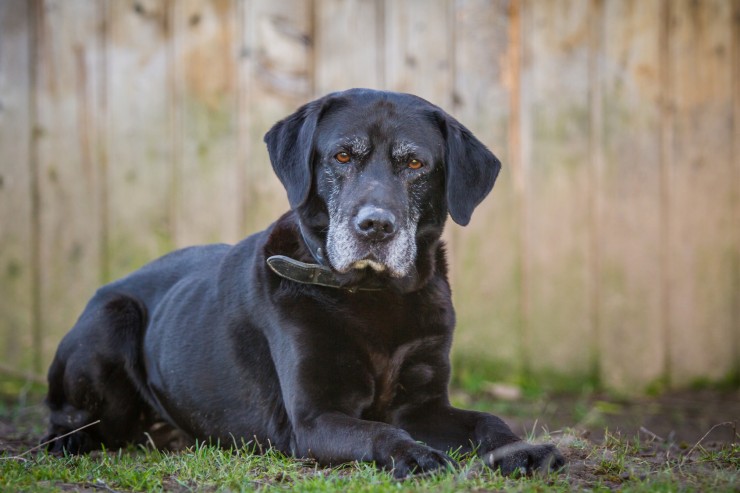 How To Help Your Senior Dog To Maintain Their Bodyweight
How To Help Your Senior Dog To Maintain Their Bodyweight
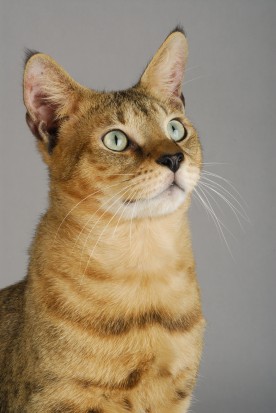 More Information On The Chausie Cat Breed
More Information On The Chausie Cat Breed
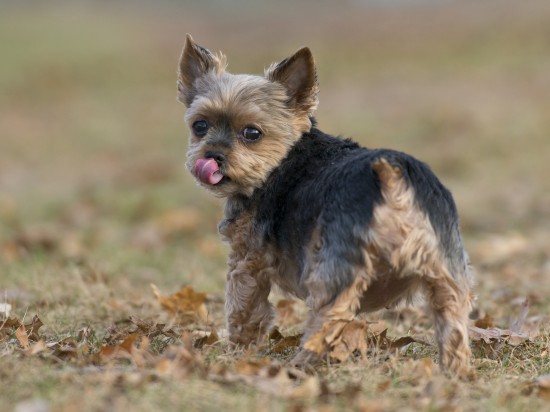 What Is Legg Calve Perthes Disease In Dogs ?
What Is Legg Calve Perthes Disease In Dogs ?
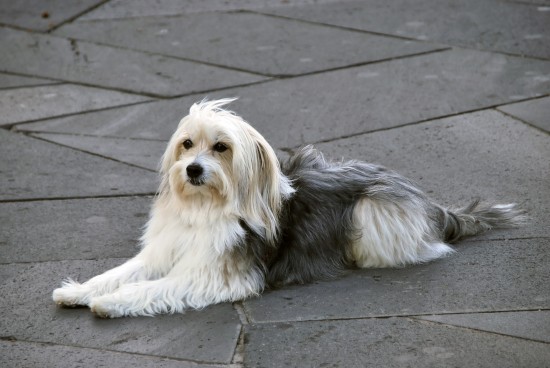 Is The Catalan Sheepdog A Good Choice Of Pet?
Is The Catalan Sheepdog A Good Choice Of Pet?
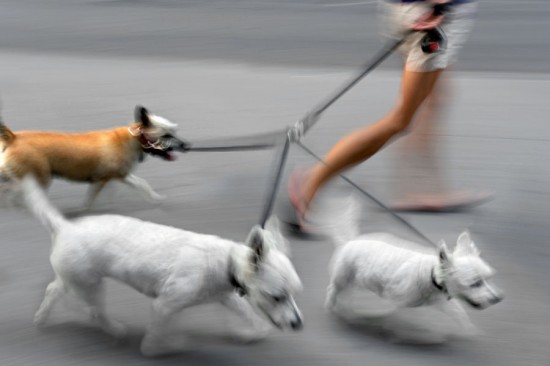 Become A Professional Dog Walker - Tips And Tricks
Become A Professional Dog Walker - Tips And Tricks
 Dog-Friendly Holiday Accommodation: Questions You Need To Request Before Booking an area
Dog-Friendly Holiday Accommodation: Questions You Need To Request Before Booking an area
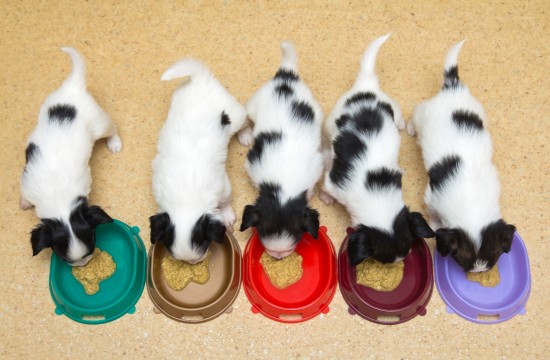 Ten Ways In Which Canine Diet May Affect Behaviour
Ten Ways In Which
Ten Ways In Which Canine Diet May Affect Behaviour
Ten Ways In Which
 Get the Best Chicken Runs to Maintain a Healthy and Fit Flock
Get the Best Chicken Runs to Maintain a Healthy and Fit Fl
Get the Best Chicken Runs to Maintain a Healthy and Fit Flock
Get the Best Chicken Runs to Maintain a Healthy and Fit Fl
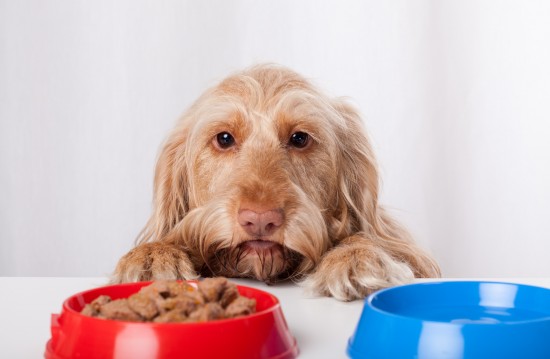 Ten Common Dog Food Ingredients Explained
Ten Common Dog Fo
Ten Common Dog Food Ingredients Explained
Ten Common Dog Fo
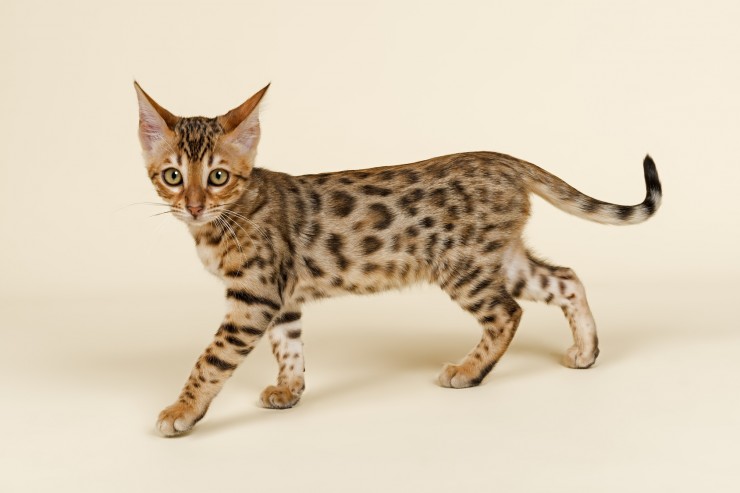 The Five Most Expensive Cat Breeds In The World
The Five Most Exp
The Five Most Expensive Cat Breeds In The World
The Five Most Exp
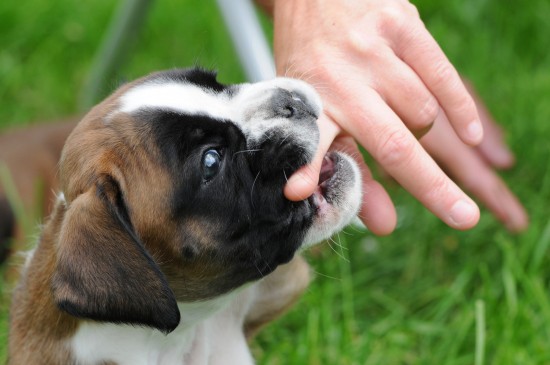 The Five Main Reasons Behind Why Dogs Bite
The Five Main Rea
The Five Main Reasons Behind Why Dogs Bite
The Five Main Rea
Copyright © 2005-2016 Pet Information All Rights Reserved
Contact us: www162date@outlook.com